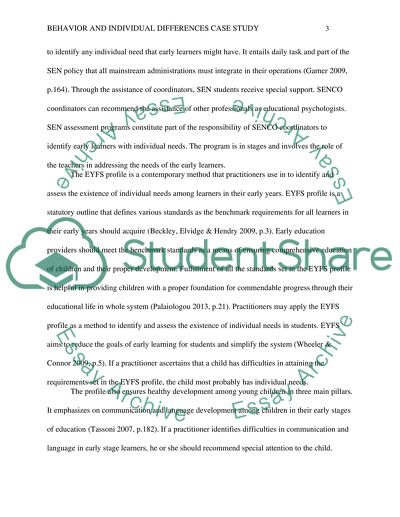Cite this document
(“Behaviour and Individual Differences Case Study Essay”, n.d.)
Retrieved from https://studentshare.org/education/1476555-behaviour-and-individual-differences-case-study
Retrieved from https://studentshare.org/education/1476555-behaviour-and-individual-differences-case-study
(Behaviour and Individual Differences Case Study Essay)
https://studentshare.org/education/1476555-behaviour-and-individual-differences-case-study.
https://studentshare.org/education/1476555-behaviour-and-individual-differences-case-study.
“Behaviour and Individual Differences Case Study Essay”, n.d. https://studentshare.org/education/1476555-behaviour-and-individual-differences-case-study.


